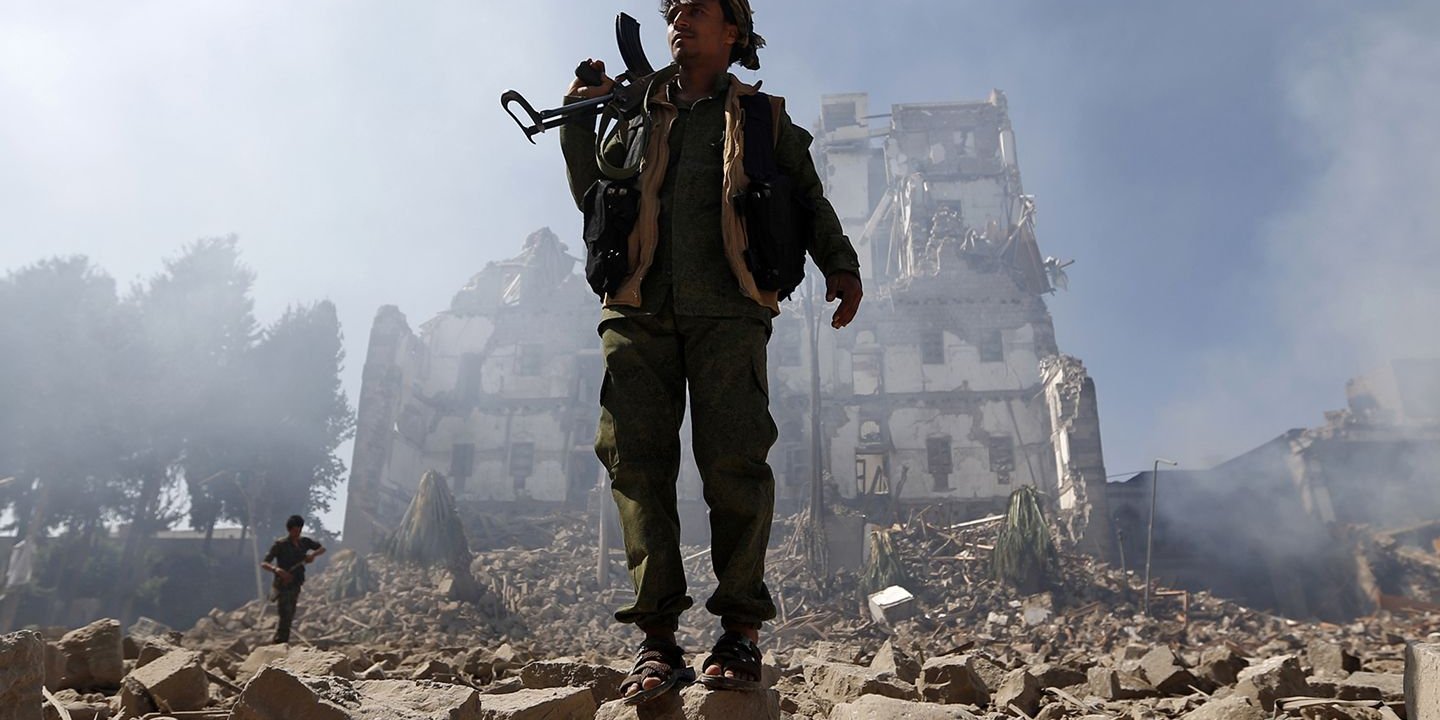Humanitarian Crisis in Yemen
“We are trying to prevent the health and water systems collapsing, and we are holding those pieces together. Now we are on the brink of collapse. COVID could be the tipping point.” – UNICEF Yemen Representative Sara Beysolow Nyanti
A long drawn civil war, political instability, economic turbulence, flood, desert locusts, the biggest cholera outbreak in modern history and now the pandemic has rocked Yemen and accelerated what can easily be called as the biggest humanitarian crisis in the world.
More than 100,000 people have lost their lives in the civil war alone that has been ongoing for the past five years. The war broke out in 2015 between the Abdrabbuh Mansur Hadi led Yemeni government – backed by Saudi Arabia led coalition of nine countries from West Asia and North Africa and Shia Houthi rebels – supported by Iran, making Yemen the poster child for proxy warfare. Houthi insurgents were able to take advantage of a weak government at the center and captured major cities including the Yemeni capital of Sana’a. Saudi Arabia and the coalition has intervened on behalf of the Yemeni government, bombing Houthi settlements, creating naval blockades and deploying ground forces to take down the insurgents. With this as the premise, a humanitarian disaster was bound to follow.
According to UNICEF, more than 24 million people stand affected by the crisis. This is roughly equal to the entire population of Australia. The numbers are shattering: 20 million Yemenis are food insecure, 19 million do not have access to clean water and sanitation. The healthcare system is depleted, to the extent that half of the hospitals are not fully functioning in the country and the other half lacks basic health equipment like masks and gloves. Around 20% of the country’s 333 districts have no doctors at all, while the entire nation has just 500 ventilators and 700 intensive care unit beds to cater to the entire populous. Majority of the health workers and volunteers are not being paid. Damage to school buildings and road networks due to bombardment and aerial strikes has disrupted access to education for some 7.8 million children and shattered the hopes for a normal childhood sans agony and violence. Health workers have identified ‘acute malnutrition’ as a potential threat for 2.4 million kids under the age group of five years.
The pandemic has forced the country to identify its limitations and focus on the most optimal solution. Presently, there exists no central body to monitor COVID-19 cases on a national level in Yemen. Mass testing of suspected cases is not viewed as feasible in a war-torn country where conflict restricts movement of personnel. The approach adopted is ‘block the virus at the entry points’. These identified entry points are two land ports and two major airports of the country. Yemen still acts as a stop for migrants from the horn of Africa – Ethiopia, Somalia and Kenya – on their way to the Middle East making the success of the approach highly unpredictable. Yemen’s humanitarian crisis and it’s impending after effects are posing big questions for not just the country but the world community at large, which demand justifiable answers.




Comments